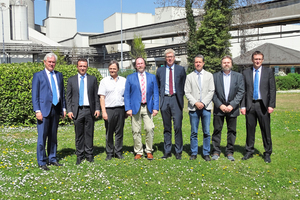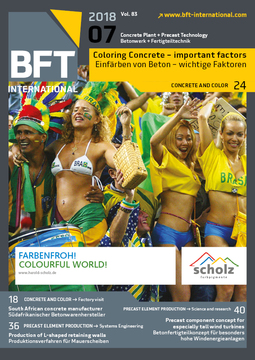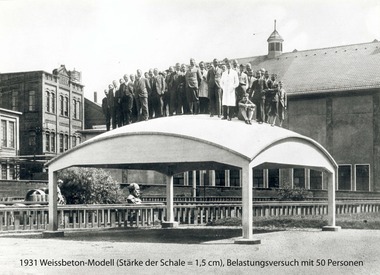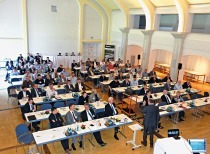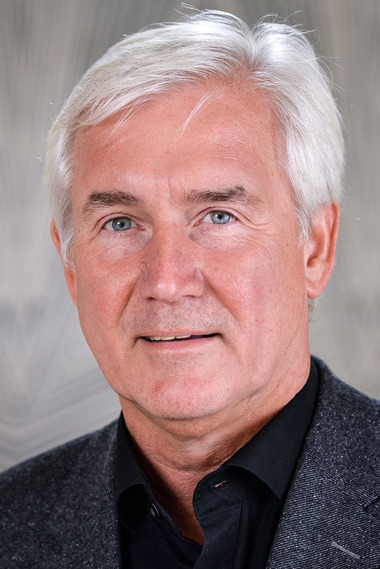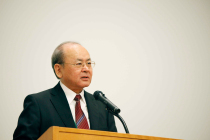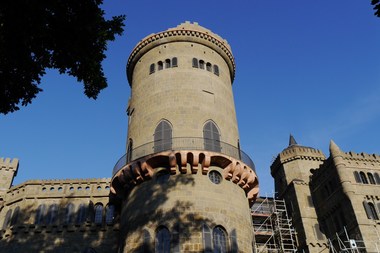Focus on sustainability issues
Future oriented questions and solutions related to the topics of “sustainability” and “quality” formed one focal point at this year’s Dyckerhoff Weiss artificial stone conference, which took place in Wiesbaden at the end of April.
“Even though the current overall and construction environments offer a good outlook, one must always think about how to be even better positioned for the challenges of the future. The 2018 Dyckerhoff Weiss artificial stone conference also wishes to once again play its part,” said Dipl.-Bau-Ing. Dipl.-Wirtsch.-Ing. Martin Möllmann in his welcome to the approximately 120 guests in the Wiesbaden Info-Zentrum. “A central consideration is undoubtedly the topic of “sustainability” in all its aspects, because its handling characterizes the future viability of a company,” according to Martin Möllmann.
Sustainable planning and sustainably produced materials
So terms such as “sustainability”, “future” and “quality” ran like a red thread through all of the six fascinating talks. At the very beginning, Günter Laubinger from Rinn Beton- und Naturstein GmbH & Co. KG in Heuchelheim dealt with the future oriented subject of “Sustainable Open Space Design and the Ecological Balance of Paving.” He cited the example of Rinn Hydropor paving, which relieves the sewage system of 688 m³ of rainwater with an area of 1,000 m².
Dipl.-Ing. Michael Groschopf, director of white cement quality assurance at Dyckerhoff, looked at both “quality control” and “energy management at Dyckerhoff”, because both aspects are tightly interwoven, even if it does not appear this way at first glance.
Klaus Neu from the construction consulting department at Dyckerhoff GmbH studies the performance requirements of quality controlled “cements for durable concrete products.” His review of approximately 100 years of concrete product manufacturing included consideration of how cement parameters have changed in the course of paving production development, especially in the last 15 years.
What cements and concretes must do in the future
By looking back at “20 years of Dyckerhoff Flowstone”, Christian Bechtoldt demonstrated the successful development of a very special material. In addition to customer requests for self-compacting concretes, the constantly higher requirements for the concrete were crucial in this development. His overview of the numerous successful examples of the use of Flowstone high-performance binding agent was impressive. They extended from the first prototypes of the early years to highly stressable, large-format artificial concrete panels and filigree facade elements, translucent concrete facades and diverse works of art.
Dr.-Ing. Christoph Müller, managing director of the German Cement Plants Association (VDZ), also dealt with materials of the future. Under the heading “Cements of the Future – all ecological or what?”, he made clear that climate protection and resource efficiency are two significant issues in the environmental policy agenda and will therefore also continue to influence construction with concrete.
At the conclusion of the talks, “Cosmetics of Concrete” was on the agenda of a Dyckerhoff Weiss conference for the first time. Kaspar Hauser, the concrete cosmetics specialist from Synfola GmbH in Bäch, Switzerland, introduced a “new procedure for exposed concrete cosmetics” in which “concrete is repaired with concrete.” The concrete formula is so finally adjusted that pure mineral concrete perfection can be achieved at the microscopic level.
Finale in the RheinMain CongressCenter
The day was rounded out perfectly with a tour through the new RheinMain CongressCenter in Wiesbaden (former Rhein-Main Halls). It is a multifunctional event center for trade shows and congresses with a usable floor area of approx. 25,000 m² that in many respects sets new standards in both the state capital of Hessen and elsewhere. The elegant Terraplan floors in the halls and the successful exterior design with concrete elements and decorative paving, in particular, contribute to its unique architecture. All of the colonnade elements – plinth, column and roof – consist of attractive precast exposed concrete components.

